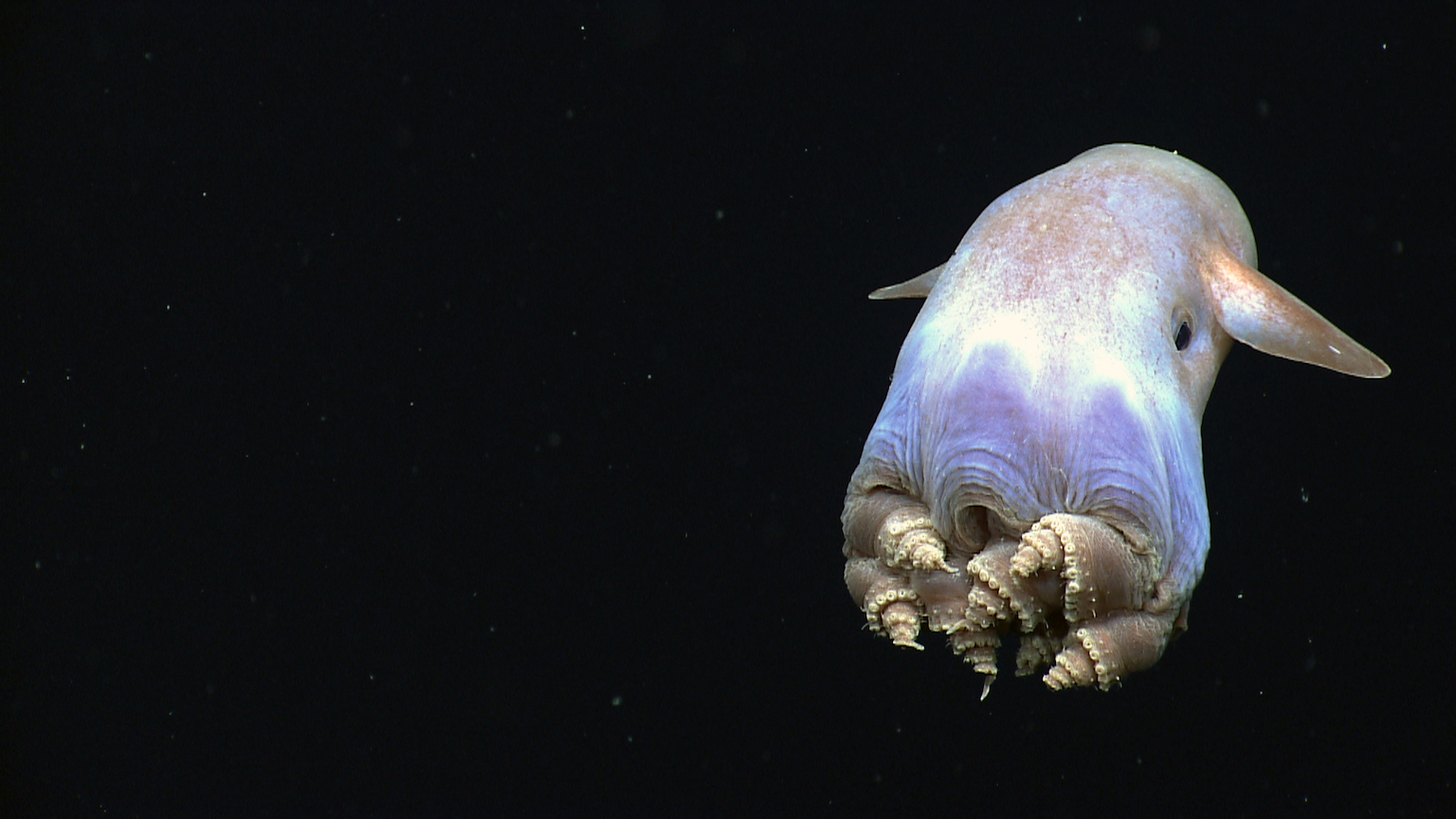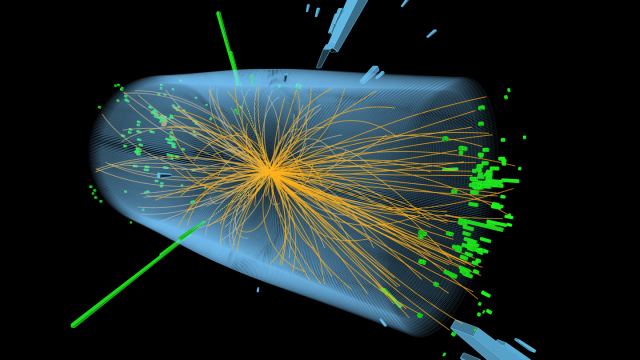SETI’s search for alien life has entered a new era

- The search for extraterrestrial intelligence is a field that has gotten a lot of attention, but not much respect. That has finally changed.
- The most important shift was the discovery in 1995 of planets orbiting other stars. About one in five stars has a planet in the habitable zone, where conditions are favorable for life to form.
- We are finally ready to look for what is out there in a systematic way.
The Search for Extraterrestrial Intelligence, or SETI, has come a long way.
I write these words an hour before the beginning of the first Penn State SETI symposium, a four-day meeting that marks another turning point in the search for intelligent life in the Universe. There is a profound shift occurring in a field that for most of its existence did not get a lot of respect or support — although it did always get a huge share of public attention.
So what has changed? And how will it change the way we search for extraterrestrial intelligence?
Tuning in to alien frequencies
SETI was born through the pioneering work of astronomer Frank Drake in 1960. That year Drake used the big radio dish at NRAO to look for signals of technological origin emanating from nearby Sun-like stars. It was an audacious and brilliant effort. It also encouraged a small group of pioneering scientists to figure out the best ways to conduct a search that had a huge parameter space — in other words, the Universe was a giant haystack, and they had to find the needle. Designing SETI searches forced these researchers to consider a range of different issues. Which stars do you look at? How often do you look? (Do you try the same target every hour, every day, every month?) What frequency do you choose? (Your radio dial has lots of options, but SETI has a million times more.)
A bigger challenge is that there has never been much funding for SETI. While NASA did provide some money in the 1960s and 1970s, that dried up in the 1980s. Part of this was because SETI could trigger a giggle factor in some people. SETI scientists had to have thick skins. In practice, this means there simply has not been much SETI done. Anyone who tells you that we have looked for alien civilizations and have not found any is speaking from ignorance. We have barely even started looking.
OK, that is the history. What’s going on now?
SETI is no longer just a guessing game
The most important shift was the discovery in 1995 of planets orbiting other stars. The existence of so-called exoplanets had been debated since the ancient Greeks. Since we believe life needs a surface (or an ocean) on a planet to get going, finding these new worlds changed everything. The first discovery soon turned into an avalanche of discoveries. With more than 5,000 exoplanets discovered, we now know for certain that statistically speaking, every star hosts a family of planets. About one in five stars has a planet in the so-called Goldilocks zone, or habitable zone, where conditions are favorable for life to form.
Why did this change SETI? Because it took out a load of guesswork. When choosing his targets, Drake had to guess where he should point the radio telescope. Knowing which stars have planets in the Goldilocks zone means that we now know exactly where to look.
Just as important, knowing which planets to observe also gives us entirely new ways to look. For most of its existence, SETI was based on radio wavelength searches. There were good reasons for this, including that radio waves are not easily absorbed as they travel through the galaxy. But exoplanet observations can use a much wider range of wavelengths, giving us much more territory to explore on the electromagnetic spectrum.
Recognition of these new ways to observe exoplanets led NASA to support scientists studying biosignatures — spectral imprints of “dumb” life that could be detected across light years. But there is no reason to stop there. Using the same methods, you can also look for imprints of technology, or technosignatures.
A major development in these kinds of studies is the ability to characterize exoplanet atmospheres. This means we can look in optical or infrared wavelengths for chemical imprints of industrial compounds released deliberately, or as pollution into the atmosphere. We can also look for spectral signatures of city lights, industrial heat islands, or large-scale solar panel deployment. When SETI was confined to radio alone, none of this was possible. Now all these options are open to us, and they are going to get a lot of play at the conference.
Looking for alien life, intelligent or otherwise
In the meantime, the classic “look-for-radio-beacons” version of SETI has undergone its own renewal. The most important development was the formation of Breakthrough Listen, the $100 million initiative funded by billionaire Yuri Milner. Breakthrough Listen uses its money to buy telescope time on big dishes around the world. In so doing, it is leading the most ambitious SETI effort yet.
The technology driving these kinds of searches is also changing the game. Multifrequency receivers allow data from zillions of channels to be collected at the same time, and machine learning techniques help scientists search for signals in that avalanche of information. That kind of reach was impossible back in the 1970s.
From probing the atmospheres of exoplanets with optical telescopes, to sorting through petabytes of radio data, the search for technosignatures has been wholly renewed. That is why we see so many young people showing up at these conferences — the era of raised eyebrows over the mere mention of SETI appears to be fading away. The search for life of any form — smart or dumb — has entered a new era, and the moment could not be more exciting. We are, finally, ready to really look for what is out there.





